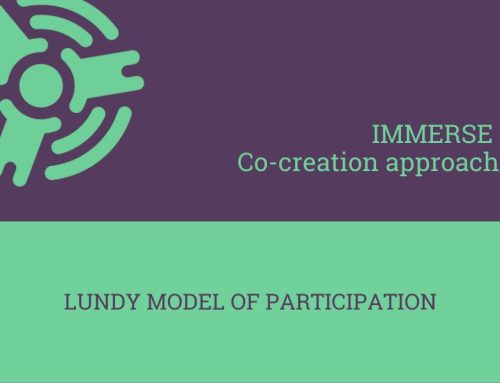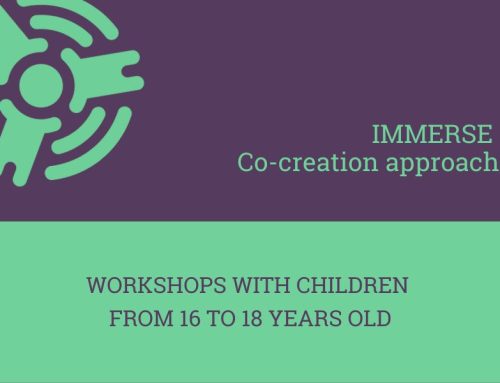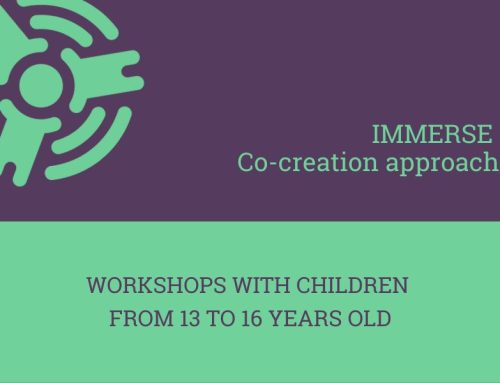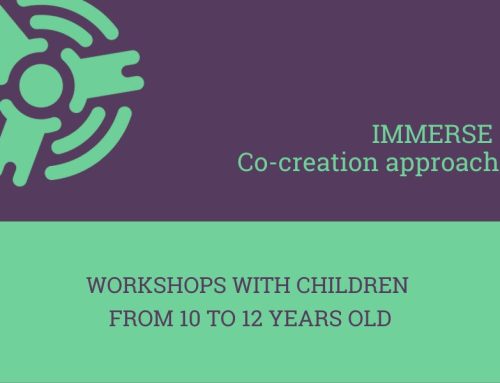Group agreement
| Strengths
A great exercise for creating a flat hierarchy among all participants at the very start of the session. No one opinion is more important than any other. It also provides structure for the workshop Weaknesses There could be some points that certain participants do not agree upon, and this could present an obstacle that has to be overcome. Aim To collaboratively create a safe and respectful space where everyone can work together productively. Objectives
Materials
|
Procedure Start the workshop by negotiating the group agreement. The key to this exercise is in the name: it only works if everybody agrees on the proposed points as a group. The idea is to the set the tone for how people will behave. Possible propositions might include: “Respect everyone’s opinions”; “allow everyone an equal opportunity to speak” (this could be more specific – “no interrupting” for example); “confidentiality”; “mobile phones switched off, or onto silent mode”. Challenges may arise if some participants do not agree upon a certain point. This will require everyone to discuss and negotiate a solution together |
|---|
Plus-Minus-Interesting
| Strengths
Facilitates the discussion of opposing views in calm manner without generating conflict. Can be used for the whole group, small groups, or individuals. Weaknesses It could be that certain participants have nothing to say about a particular topic, or it is distressing for them to talk about Aim To encourage participants to understand and accept views that may be different from their own. Objectives
Materials
|
Procedure To begin the exercise, the facilitator should write the topic on the whiteboard/flipchart. Then draw a plus sign, a minus sign and an “I”, which stands for “interesting”. Start with the plus, and ask the participants to name anything they feel is positive about the chosen topic. Write these comments around the plus sign. When everyone has had their say, move onto the minus sign and list points that the participants find negative. Around the “I” sign, list everything that the participants find interesting, as well as ideas that could be explored further, etc. If any participant does not want to talk about a certain topic, that is no problem. There will be chance for them to join in with subsequent rounds. What seems positive to one person could be negative to the next. After completing the discussion about the first topic, move back to the plus sign and start a second round, possibly featuring a topic that was previously under the ‘interesting’ category. This will allow you to build on previous ideas. |
|---|
Skilled Hands Exercise
| Strengths
Helps participants to build confidence and pride by focussing on something they are good at. Weaknesses Participants who are shy or more insecure may initially have problems identifying their strengths. Aim By the end of the exercise, each participant will have found out several things that they are good at. The results usually exceed expectations! Objectives
Materials
|
Procedure Provide all participants with a sheet of A4 coloured paper and a coloured pen/pencil. Ask everyone to draw round their hand and write one thing that they are good at in each of the fingers. Some may find this harder than others, but this provides an opportunity for the facilitator or other participants to step in and help. The skills do not necessarily have to be overly complex, and could be something as simple as tying your shoelaces, or riding a bike. This is likely to vary depending on the age group. Once everybody has thought of five things, Split the group into pairs. Pairs take turns in discussing things they do well, and how they acquired those skills. |
|---|
Role-plays and Simulations
| Strengths
This exercise enables participants to see things from another person’s perspective. The theatrical aspect injects energy into the session. Weaknesses Some participants may not want to perform in front of the group, or feel uncomfortable playing a certain role. Aim To have participants understand an ‘opposing’ point of view. Objectives
Materials
|
Procedure The difference between a role-play and a simulation is that in a role-play, participants play somebody else, while in a simulation, they play themselves. Select a situation you want to be enacted. Take into account what you want to explore and why. A simple situation is best e.g. a misunderstanding with an employee due to language barrier in a shop/train station etc. Somebody could play the member of staff, somebody the person speaking a foreign language, and someone else interpreter. Explain the situation carefully, including the groups represented and the physical layout. If issuing roles, never force someone to play something they are uncomfortable with. Give them a few minutes to get into their role. All non-participants act as observers. The facilitator stops the simulation or role-play when enough issues have been uncovered, the exercise comes to a natural end or people want to stop. The play should also be stopped if a participant shows great tension or gets too involved. Have a short break, de–role (see below) and then evaluate the exercise. Evaluation allows the observers to comment on proceedings. Leave space for discussion. What have participants learnt and how will they apply this in real life? Observers should be encouraged to make positive comments on what they have seen. Rather than saying what participants should have done, it is better if they use language like ““Another option that you might try is…”, “Perhaps this would work…”, “I learned … from your tactic and would like to try…” After any role-play it’s important to de-role, to come out of the role and leave any strong emotions behind. Assess the level of de-roleing required, depending on the intensity of the role-play. A simple shake or a few deep breaths may be enough. Other options include taking a break, a physical game, or a visualisation that takes people’s attention elsewhere (to a pleasant memory, for example). |
|---|
Animal sounds
| Strengths
Active, fun exercise that is perfect for younger children. Encourages everybody to interact, including shy participants. Universal appeal, no language barrier. Weaknesses Can be quite chaotic and loud. It may be hard for children to regain concentration afterwards. This makes it more suitable for the end of the session. Aim To facilitate communication and establish bonds between all participants in a fun fashion. To overcome language/cultural barriers. Objectives
Materials
|
Procedure At the start of the exercise, participants are issued cards with the name of an animal that is recognisable to everyone (cow/pig/duck etc.) There should be at least three ‘animals’ of each species. The participants then need to be blindfolded. This provides the first opportunity for interaction, as the children can be asked to blindfold one another. The facilitator can step in and help if necessary The challenge is then for the participants to use their respective animal noises in order to find other animals of the same species, before revealing their identity. While the exercise starts off loud and chaotic, it should end up with a feeling of order and unity. |
|---|





